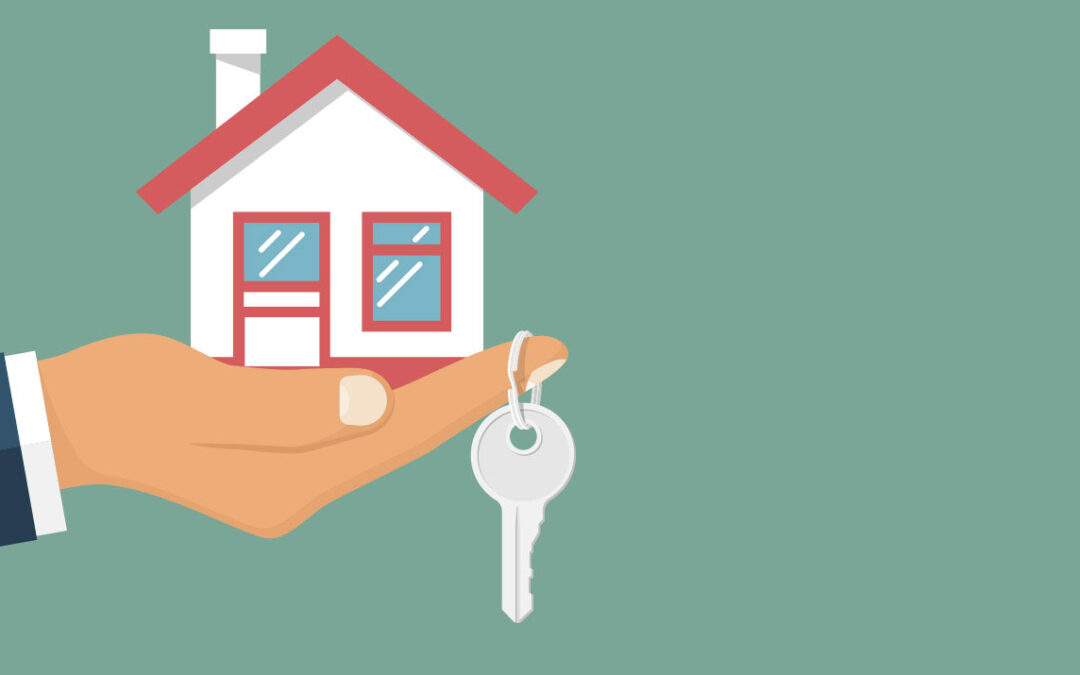It’s ideal for improving your understanding of mortgages if you want to buy a house soon. Find out how to apply for a mortgage effectively, what to look for when comparing mortgage offers, and what you can do with your mortgage once you’ve purchased a property.
When you and a lender enter into a mortgage, the lender is granted the power to seize your property if you cannot pay back the loan amount plus interest.
You can use a mortgage loan to purchase a property or borrow money against the value of a home you currently own.
It’s a good idea to evaluate your credit report to make any necessary repairs or to work on enhancing your credit before you apply for a mortgage.
Review all the costs associated with home ownership, and adjust your budget as necessary.
The majority of people who purchase homes do so with a mortgage. A mortgage is required if you cannot cover the entire cost of a house out of pocket.
Even when you have the funds to pay off your mortgage, there are some situations where it makes sense to keep a mortgage on your house. For instance, investors occasionally mortgage real estate to release money for additional investments.
A down payment, monthly payments, and fees are the three fundamental components of a mortgage. Understanding how mortgages function is crucial since they frequently entail a long-term payment schedule.
How Do Mortgages Work?
Like other loans in your life, mortgage loans are similar. You borrow money, receive an interest rate at which to repay it, and a timetable for making your monthly payments is provided.
Every month is the deadline for mortgage payments. After a grace period of 15 days, late fines are applied. Many homeowners use the autopay options their lender offers to avoid late payments.
The amount needed to pay off the mortgage during the loan is represented by the monthly payment, which includes both interest and principal payments. Property taxes and other charges are frequently incorporated into the monthly bill. The fees are a variety of upfront expenditures required to obtain the loan.
The upfront sum you spend to obtain a mortgage is the down payment. The better the financing offer, the bigger the down payment. You’ll spend less on fees, receive a cheaper mortgage interest rate, and build equity in your home faster.
The majority of conventional mortgages amortize completely. The regular payment amount will remain the same, but throughout the loan, varying amounts of principal and interest will be paid with each payment. The typical length of a mortgage is 30 or 15 years.
Mortgages are also referred to as claims on property or liens against it. The lender may foreclose on the property if the borrower fails to make mortgage payments.
Mortgage Options
There are many different mortgage options available, and they can differ depending on the loan’s size, the period, interest rate, and whether they’re a part of a particular program. It is beneficial to understand the hazards associated with each type before choosing.
1.Conventional Mortgages
Any loan the federal government does not guarantee is considered conventional. Fannie Mae or Freddie Mac backs a conventional loan, two government-sponsored companies that buy and sell most of conventional mortgages in the United States. It is typically available to borrowers with good credit, stable employment, income histories, and the capacity to make a 3 percent down payment.
2. FHA Loans Mortgages
FHA Loans are a backup choice for first-time purchasers who don’t meet traditional loan standards. Down payments, as little as 3.5 percent, and credit scores as low as 500 are accepted for FHA mortgages. FHA mortgage loans are used by about 10% of first-time home buyers. They’re well-liked by buyers of multi-unit homes who buy them for housebreaking.
3. Non- Conforming Mortgage Loans
Due to the loan amount or underwriting requirements, Fannie Mae and Freddie Mac typically cannot sell or buy nonconforming loans. The most typical kind of non-conforming loan is a jumbo loan. Because the loan amounts frequently exceed conforming lending limitations, they are known as jumbo loans.
Because these loans carry a higher risk of default for the lender, borrowers are often required to have more significant financial reserves, pay a down payment of 10% to 20% (or more), and have excellent credit.
4. V.A. Loans
The Department of Veterans Affairs is the lender of last resort for V.A. loans. Developed in 1944 as a component of the G.I. Bill, VA loans are accessible to active-duty and retired members of the U.S. armed forces. There are no down payments or mortgage insurance requirements for V.A. loans. Veterans who qualify are free from the typical V.A. closing charges.
5. Conforming Mortgage Loans
The maximum loan limits established by the federal government apply to conforming loans. These restrictions vary according to location. The Federal Housing Finance Agency increased the base conforming loan ceiling for one-unit buildings from $548,250 to $647,200 for 2022.
However, in other regions of the nation, the FHFA sets a greater maximum loan limit (for example, in New York City or San Francisco). This is because home prices in these high-priced areas are at least 115 percent higher than the base loan limit.
5. USDA Loans
The U.S. Department of Agriculture backs USDA loans intended to encourage home ownership in rural and low-density areas. Mortgages funded entirely by USDA loans have subsidized interest rates. Homebuyers must be of modest means to use the program and buy a modest property for the area.
Becoming a homeowner is neither simple nor inexpensive, but the work is worthwhile. Before entering the market, it’s crucial to take the time to educate yourself on what a mortgage is. Call us if you need additional help selecting the ideal mortgage for you.


Recent Comments